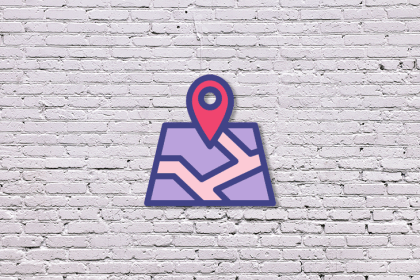
Many factors contribute to a startup’s demise. While there isn’t a single reason for it, a poor product development strategy almost guarantees failure.

AARs can transform a reactionary company into a proactive one by allowing teams to learn and understand how their decisions and actions impact the business and its objectives.

Though originally designed for manufacturing, the product process matrix (PPM) can help digital PMs streamline production operations and estimate their company’s unique standing in the market.
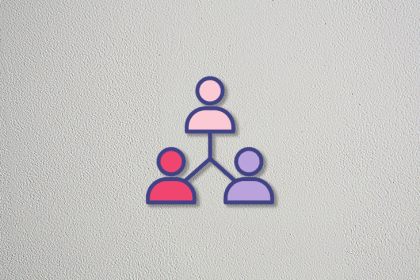
Learn about the essential skills, responsibilities, and qualities of a director of product management and discover how to get hired for this critical leadership role.

There are many cases where product managers have to analyze the cause of a problem, and a fishbone diagram is a powerful tool for product managers to benefit from.
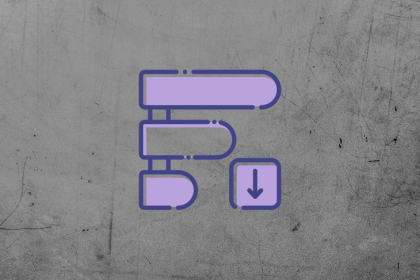
In this article, we will dive deep into one of the most widely used prioritization techniques, the MoSCoW method.

Discover how to create a smooth onboarding experience that will increase user engagement and retention.
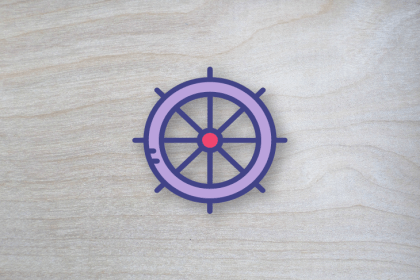
Steering committees provide strategic guidance, align resources, goals, and stakeholders, and facilitate decision-making.
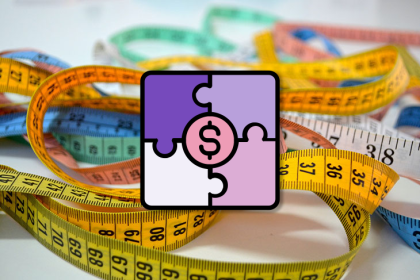
Market sizing estimates your first niche (SOM) and potential expansion (SAM) well beyond just the “best case scenario.”

The best product roadmap tools enable you to effectively communicate your product strategy, track and report on your progress, and facilitate collaboration with employees and stakeholders.
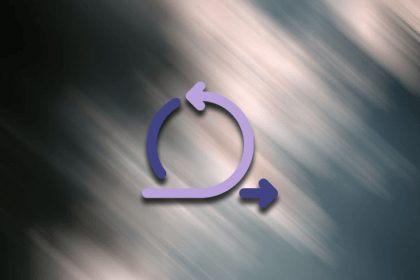
By breaking down the work into smaller, manageable chunks, sprints provide a clear sense of progress and keep motivation high throughout the project.

Rigid requirements established upfront don’t work well with digital product management. How you plan your project scope will ultimately determine your level of empowerment.